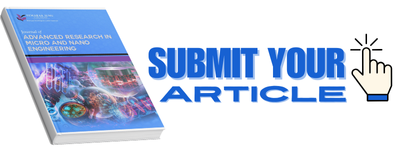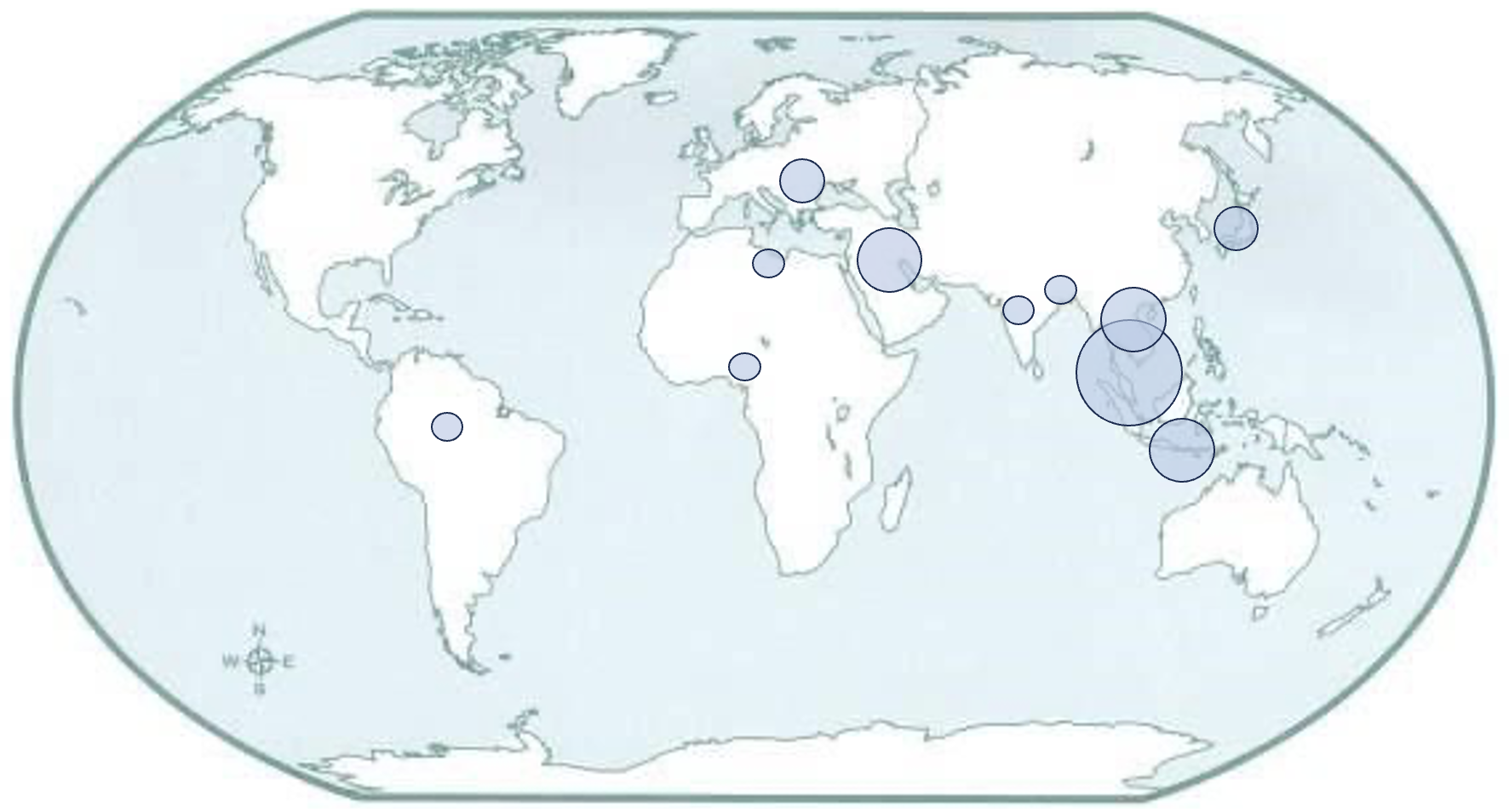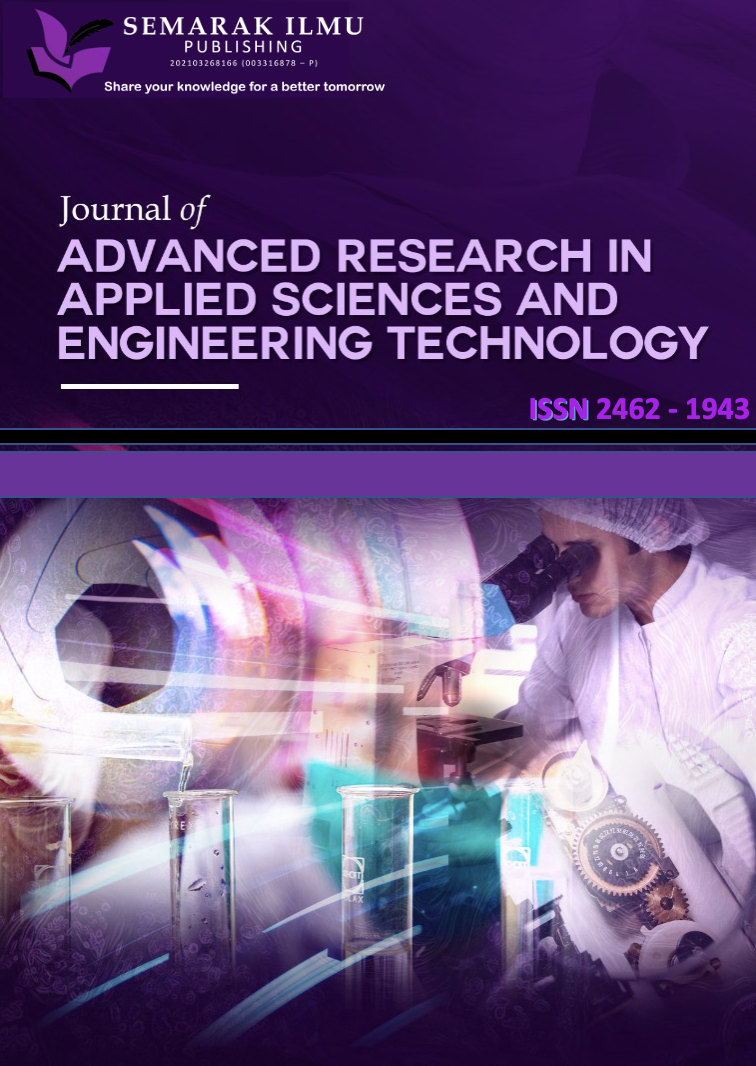Three-Dimensional Model of Ionic Species Concentration and Flux During Localised Corrosion of Steel in Marine Environment
DOI:
https://doi.org/10.37934/armne.25.1.2738Keywords:
Model, corrosion, steelAbstract
Localized corrosion, exemplified by pitting and crevice corrosion, presents a significant challenge in industrial and marine settings due to the presence of chloride ions in seawater, brines and industrial fluids. It initiates and spreads at specific points on metal surfaces and its hidden rapid metal degradation beneath intact surface layers complicates detection and monitoring, increasing the risk of unforeseen structural failures and jeopardizing critical infrastructure integrity. Factors influencing its severity include chloride concentration, pH levels, temperature variations and aggressive ion presence, which degrade protective oxide layers and expose metal to accelerated corrosion. This study aims to enhance predictive capabilities to effectively manage corrosion in chloride-rich environments. Using COMSOL Multiphysics software, this study models a microscale geometry representing a micropit and simulates chloride-induced localized corrosion in steel, by integrating Nernst-Planck equations to incorporate electrochemical reactions, ion transport dynamics and three-dimensional geometrical features. Key parameters such as chloride concentration, pH and material properties are crucial in the modelling approach to simulate the formation and growth of corrosion sites. For 0 to 800 seconds simulation, the model displays the flux of ionic species into and out of the pit. At 800 second, the results demonstrate a peak of Fe2+ concentration of approximately 2.53×103 mol/m3 at the deepest section, the Cl- of 7×103 mol/m3 and an increase in H+ inside the pit, reducing the pH from 8 to about 4.9. These concentration changes indicate substantial metal dissolution is actively occurring inside the pit, making COMSOL Multiphysics software a versatile platform for coupling multiphysical phenomena, enabling comprehensive analysis and 3D visualization of corrosion processes.
Downloads





















